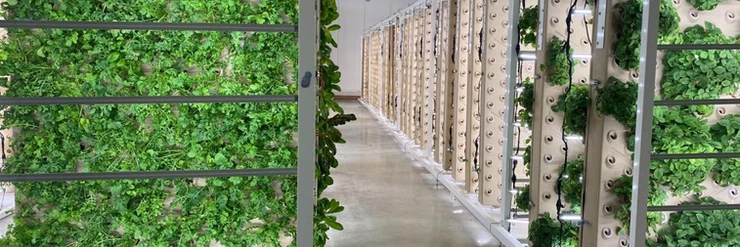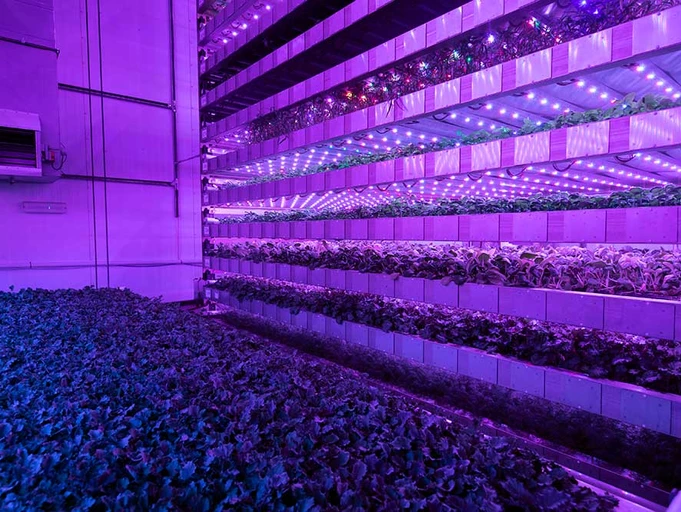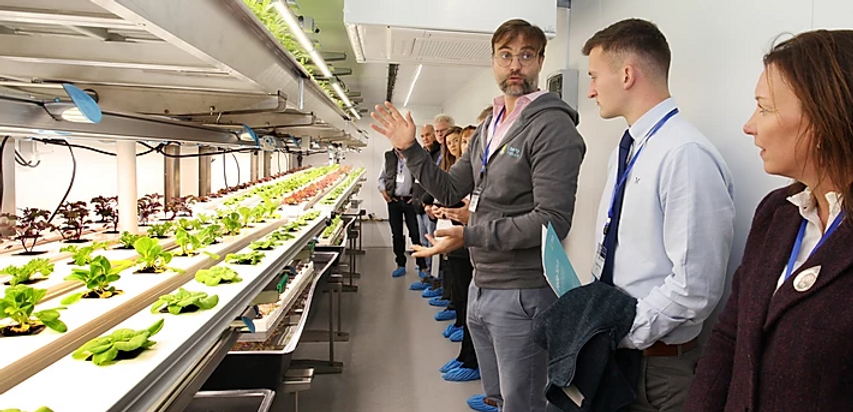Würth Elektronik has been very busy lately working on small to big scale experiments in indoor growth chambers and small greenhouses. Würth Elektronik facilities are equipped with electronic components such as our MagI³C power modules and LEDs (light-emitting diodes) in three very special wavelengths, Deep Blue 450 nm, Far Red 730 nm, Hyper Red 660 nm, and full spectrum LEDs. These horticulture LEDs use wavelengths which are optimised for the needs of plants. Even if plants are utilising light to photosynthesise, they do not use the entire spectrum of visible light. Plants only utilize specific frequencies of light for photosynthesis. These frequencies are related to the absorption characteristics of different pigments that are present within organelles called chloroplasts that are responsible for different functions of photosynthesis. More about plant needs, pigment and light receptions can be found here. The control hardware and software, the light composition can be adjusted and thus influence the growth of plants.
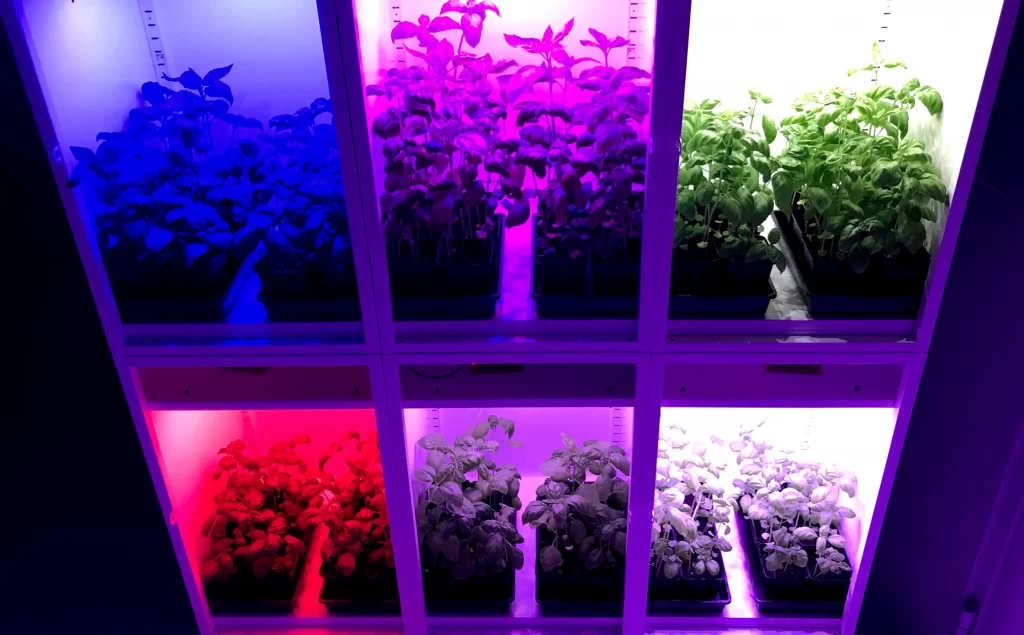
Why are we doing this? Of course, we are showing interested parties in this field that we are familiar with these applications. But we also believe in the enormous potential of this technology. Producing fruits, vegetables, and herbs in the smallest space, close to the consumer, offers immense advantages in quality and distribution. Agricultural technology with controlled artificial lighting is a research area in which we are actively involved with our product development and through our cooperation with universities, organisations and customers. In this way, we want to accelerate the development of commercial applications and therefore we support start-ups technically by sharing our knowledge and know-how.
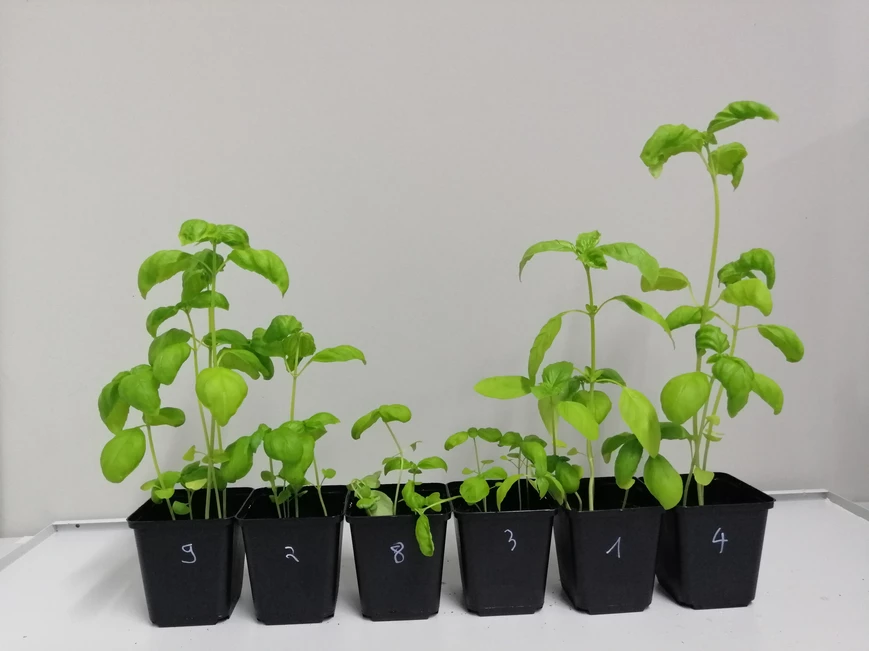
Share know-how openly? That may sound unusual, usually companies do not simply disclose knowledge. But the situation is different here.
“We have now reached a stage where the benefits of emerging standards will outweigh the fears of information sharing. Of course, some IP will remain. But where information can be shared, it will be – platforms for this are already in the works!” – Mark Horler, UK Urban AgriTech collective (UKUAT)
We are also a member of this organisation, and we see it that way too. So if you have plans for a solution in high-tech horticulture, you should not only evaluate our horticulture LEDs, but also talk to us: Maybe we can offer the technical support that will quickly make the business idea a reality. The reference design for the LED control is available here and the development kits based on it can be found here.

Author Johann Waldherr, Business Development Manager – Würth Elektronik
M.Sc in Horticulture Science (Technical University Munich and Humboldt university Berlin), with focus on Horticulture Lighting.
Würth Elektronik eiSos Group is a manufacturer of electronic and electromechanical components for the electronics industry and a technology company that spearheads pioneering electronic solutions.


